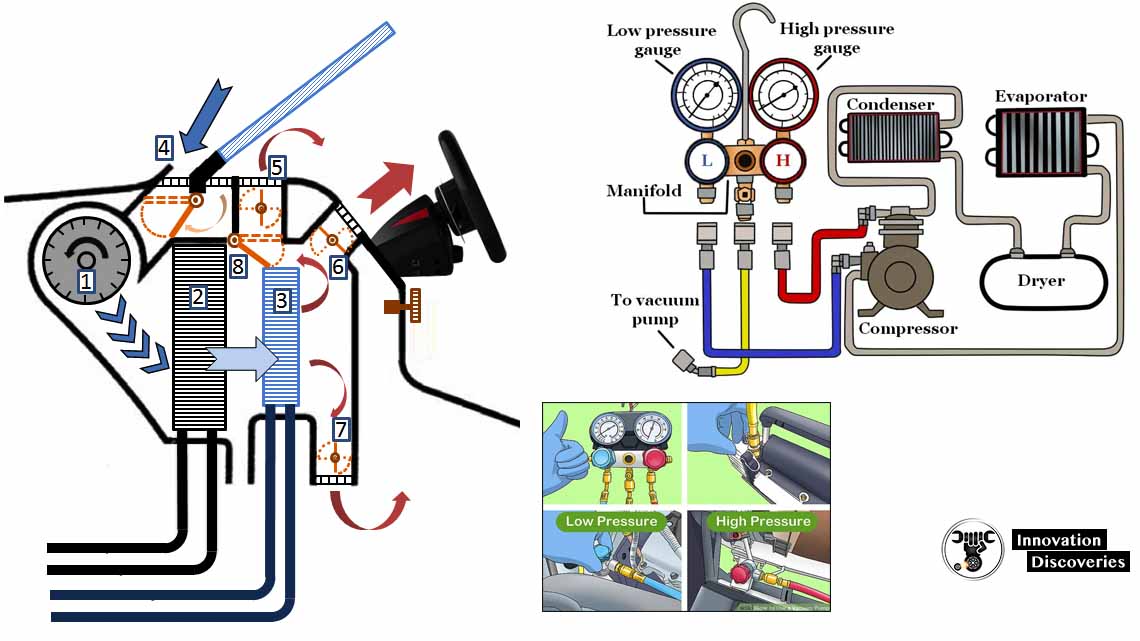
Air conditioning (AC) systems are essential to keep homes and offices cool and comfortable during the hot summer months. However, these systems can be prone to moisture accumulation, which can lead to corrosion, reduced cooling capacity, and other issues. To prevent such issues, it’s important to remove moisture from the AC system using an AC vacuum pump. In this article, we’ll discuss how to use an AC vacuum pump for pulling out the moisture and what would happen if you don’t vacuum the AC system.
How To Use AC Vacuum Pump: Do The Vacuum Pulling In Steps
To use an AC vacuum pump for pulling out moisture, follow these steps:
1. Prepare the Vacuum Pump
Firstly, fill the vacuum pump with the manufacturer’s recommended oil before using it. Always use a high-quality vacuum pump oil that’s compatible with the vacuum pump.
Tip’s:
- Check the vacuum pump oil level and condition before use.
- Always use the manufacturer’s recommended oil for the vacuum pump.
- Make sure to pour the oil slowly and avoid overfilling the pump.
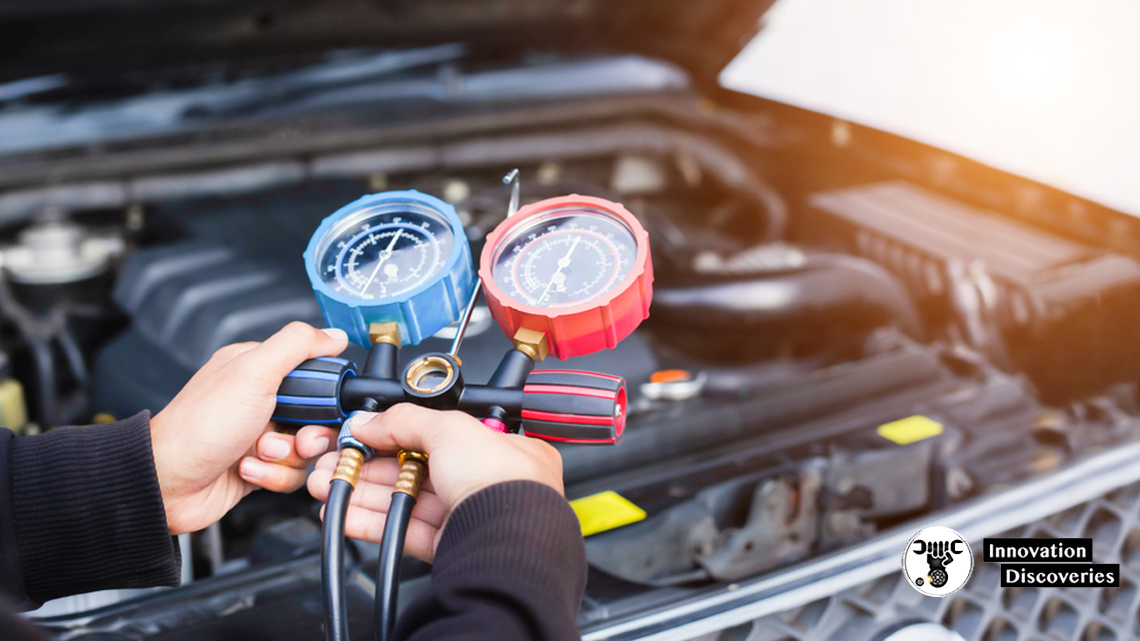
Read More:
- CAR AIR CONDITIONING /AC/ SYSTEM: FUNCTION, COMPONENTS, AND WORKING PRINCIPLE
- WATER COOLING VS AIR COOLING
2. Work the Gauges and Ports
Next, connect the vacuum pump to the AC system using the refrigerant manifold gauge set. Attach the high-pressure hose to the liquid line and the low-pressure hose to the suction line. Connect the refrigerant recovery tank to the manifold gauge set.
Tip’s:
- Ensure that the refrigerant manifold gauge set is compatible with your AC system.
- Make sure the gauges are calibrated and in good working condition.
- Be sure to follow the manufacturer’s instructions for connecting the hoses to the appropriate ports.

3. Starting the Vacuum Function
Turn on the vacuum pump and wait for it to reach the recommended level of vacuum. Check the gauge on the manifold gauge set to ensure that the vacuum level is between 28 to 29 inches Hg. Keep the system running for at least 30 minutes to remove any moisture or air from the system.
Tip’s:
- Make sure that the valves on the manifold gauge set are closed before starting the vacuum function.
- Turn on the vacuum pump and allow it to reach the recommended level of vacuum before proceeding.
- Monitor the vacuum level using the gauge on the manifold gauge set.

4. Continue the vacuum operation
After 30 minutes, close the valves on the manifold gauge set and turn off the vacuum pump. Wait for 15 minutes and check the gauge on the manifold gauge set again. If the vacuum level is holding steady, it means that there are no leaks in the system. However, if the vacuum level drops, there might be a leak that needs to be fixed before recharging the AC system.
Tip’s:
- Keep the vacuum pump running for at least 30 minutes to remove all air and moisture from the system.
- Check the gauge on the manifold gauge set to ensure the vacuum level is holding steady.
- If the vacuum level drops, you may have a leak that needs to be fixed before recharging the AC system.
5. Completing the Process and Closing it Down
Once you’ve confirmed that there are no leaks in the system, recharge the AC system with refrigerant. Use a refrigerant recovery machine to add the appropriate amount of refrigerant to the system. Finally, turn on the AC system and check that it’s working correctly.
Tip’s:
- Once the vacuum process is complete, turn off the vacuum pump and disconnect it from the AC system.
- Recharge the AC system with the appropriate amount of refrigerant using a refrigerant recovery machine.
- Turn on the AC system and check that it’s working properly.
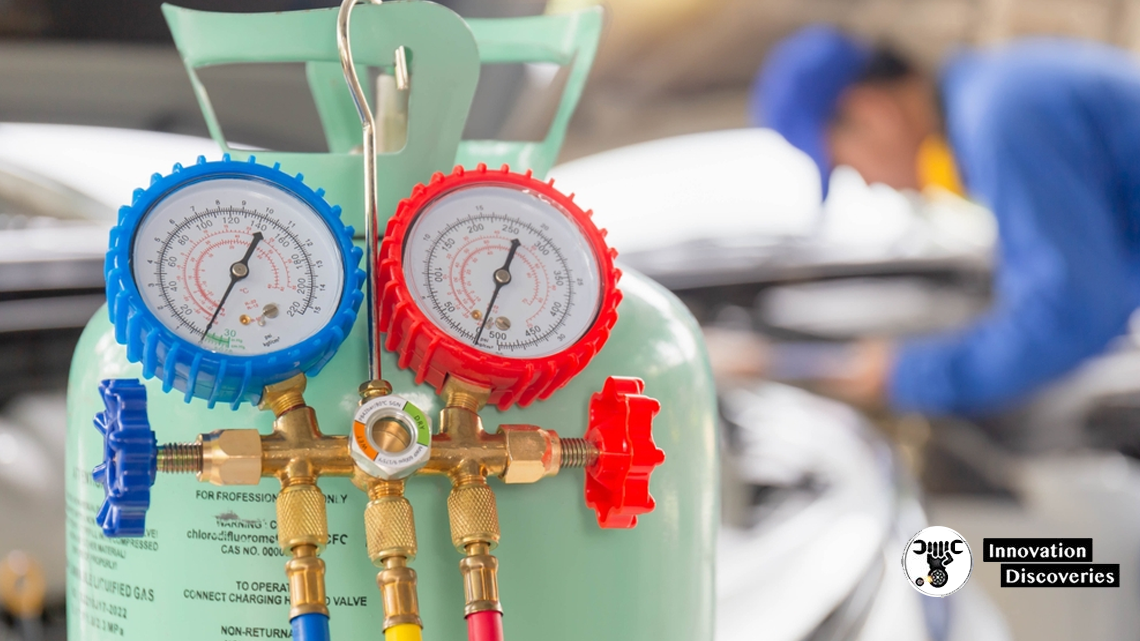
What Would Happen If You Don’t Vacuum the AC System?
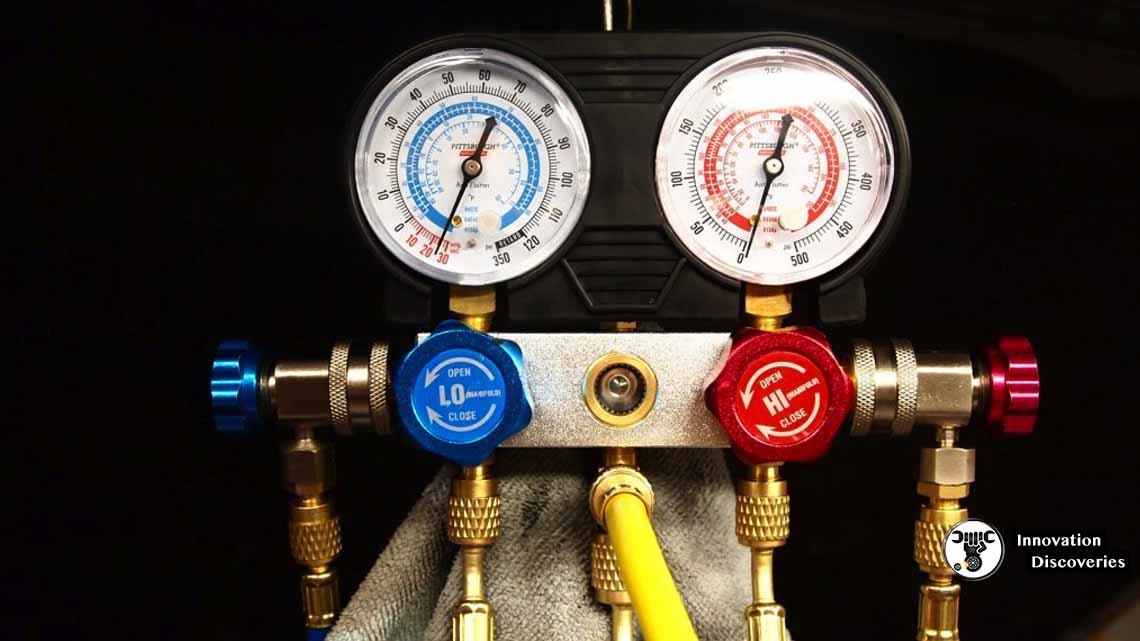
If you don’t vacuum the AC system before recharging it with refrigerant, it can lead to several issues. Firstly, it can reduce the efficiency of the AC system as it might have air and moisture in the refrigerant lines, causing the compressor to work harder to produce cool air. Secondly, it can lead to corrosion in the system, which can damage the compressor and other components, leading to expensive repairs.
Explore more about AC and its Maintenance Tips here.
Conclusion
Using an AC vacuum pump to remove moisture from the AC system is an essential part of AC maintenance. Following the steps mentioned above can help you use the AC vacuum pump correctly and prevent moisture accumulation in the AC system. Remember to follow the manufacturer’s instructions for your specific AC vacuum pump and take proper safety precautions, such as wearing protective eyewear and gloves, when working with refrigerants. Lastly, always ensure that the AC system is vacuumed before recharging it with refrigerant to prevent issues and prolong its lifespan.
Discover More:
Visit Forum
Visit Our Friendly Website


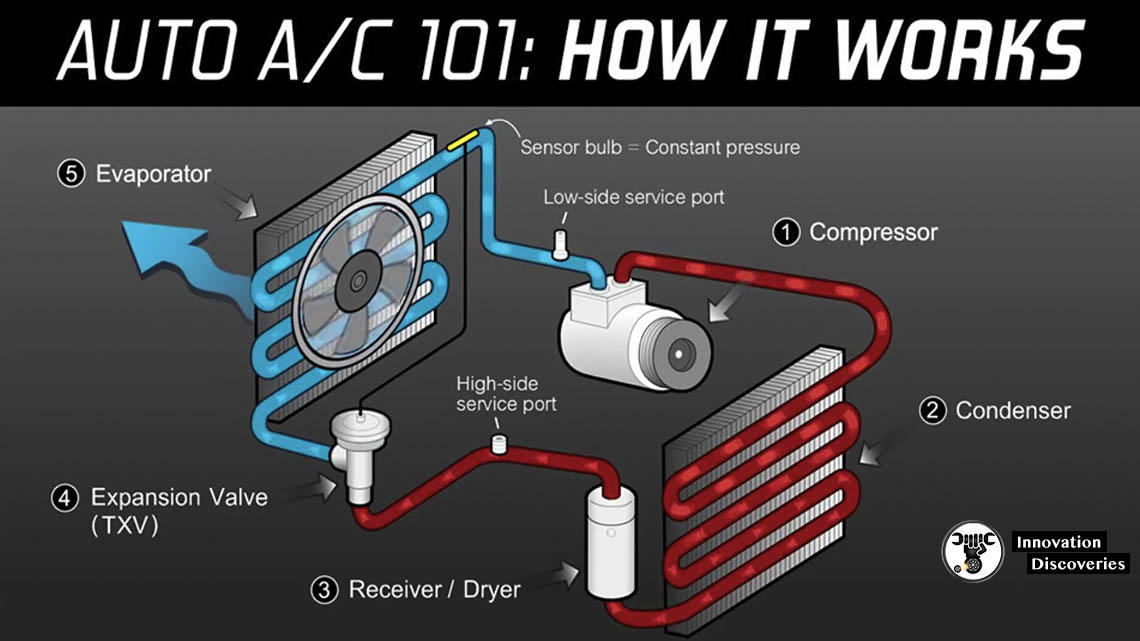
4 Comments